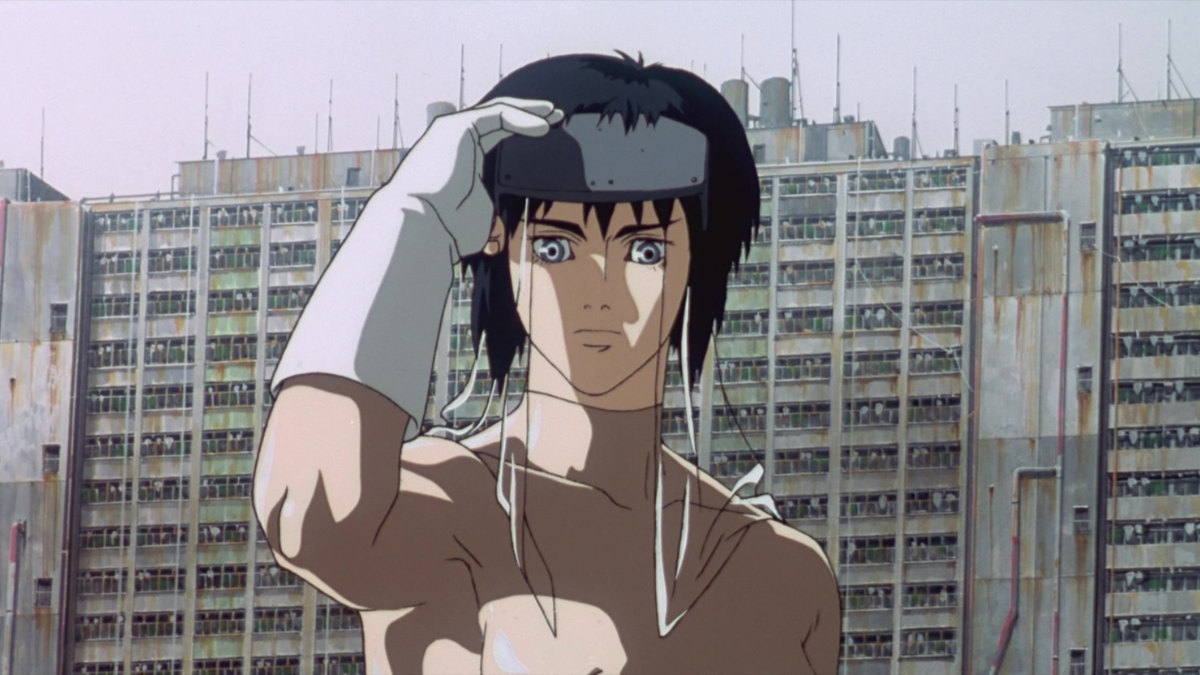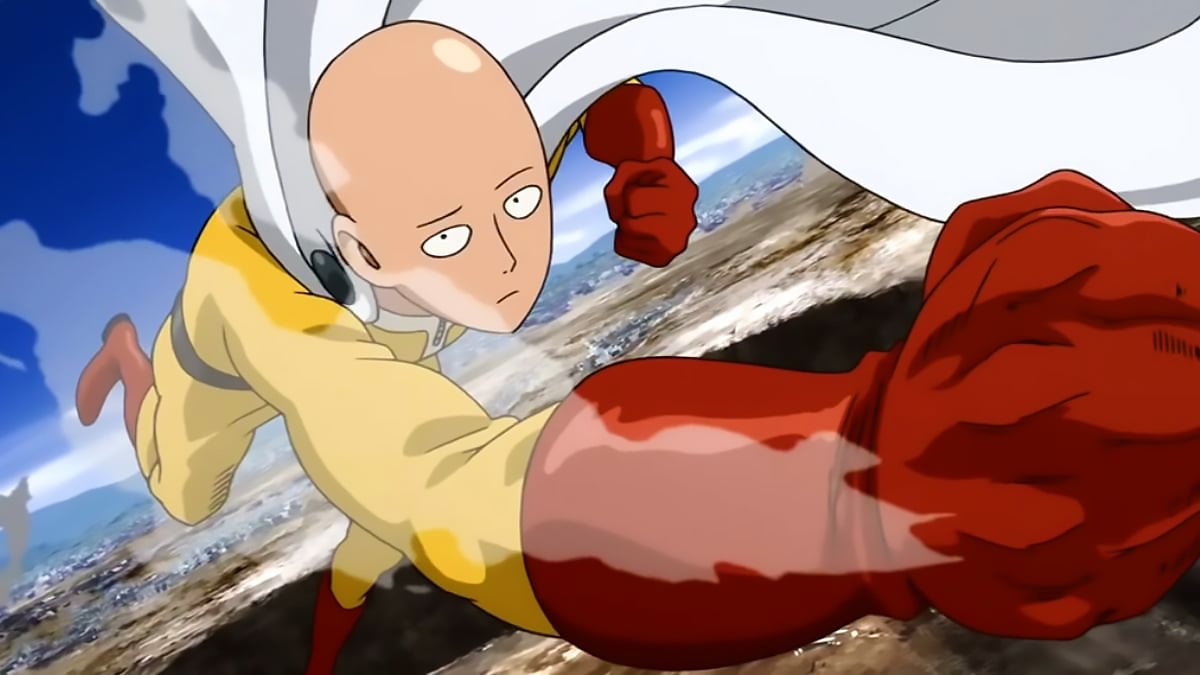Japanese manga and anime are commonly referred to and separated into categories that target certain demographics, specifically age and gender. (Fans sometimes mistakenly refer to these categories as genres.)
Some notable examples include shōnen, manga, and anime targeted more toward adolescent boys; think Naruto and One Piece. Meanwhile, shōjo serves as the female equivalent; think franchises like Sailor Moon and Fruits Basket. Then there is seinen manga and anime, which you’ve definitely seen and read a lot of!
Seinen franchises are some of the most popular in anime

In Japanese, seinen literally translates to “youth.” In the editorial context, seinen manga and anime are meant for young adult men. It can be difficult to differentiate seinen from shōnen; just go on any internet forum to find anime fans debating which of their favorite shows is which. However, to put it simply, seinen stories will likely feature more graphic violence. For example, in Naruto, our titular hero may get stabbed in the hand with a kunai. Yes, that’s bloody. But in a seinen anime like One-Punch Man, our bald-headed hero literally decapitates foes with, you guessed it, one punch.
Granted, gory violence isn’t the sole (or best, to be frank) measuring tool to gauge if something is seinen. Seinen stories can also lean more into mature themes. For instance, scenes of a sexual nature are more likely to be depicted in seinen anime than in a shōnen tale. It can also be argued that seinen stories tend to tackle more complex themes, such as psychological trauma, and can take place in more intricate, politically layered settings.
The most basic route a fan can take to find out if their favorite manga or anime is seinen is to look at which publication initially released it in Japan. If the manga was first released in a seinen-focused publication like Weekly Young Jump or Monthly Sunday Gene-X in Japan, then its anime version is likely seinen as well.
Again, it has to be stressed that seinen is not a genre. Seinen, like its female counterpart, josei, is simply an editorial categorization. A seinen story can be set in various settings, from the everyday modern world to medieval fantasy. And just because an anime or manga has the seinen label doesn’t mean the protagonist is automatically a brawny barbarian warrior. Whereas shōnen anime tends to follow teenage male protagonists, main characters in seinen stories tend to have a more diverse range. Interestingly, both Berserk and Ghost in the Shell, franchises with polar opposite settings and protagonists, are seinen. Some other examples of seinen series are Jormungand, Gantz, Golden Kamuy, Black Lagoon, and Vagabond, to name a few.
Overall, terms like seinen, josei, shōnen, and shōjo are just labels that signify who the target demographic is. Don’t expect one of these categories to solely follow a single set of tropes or include only certain types of genres.

